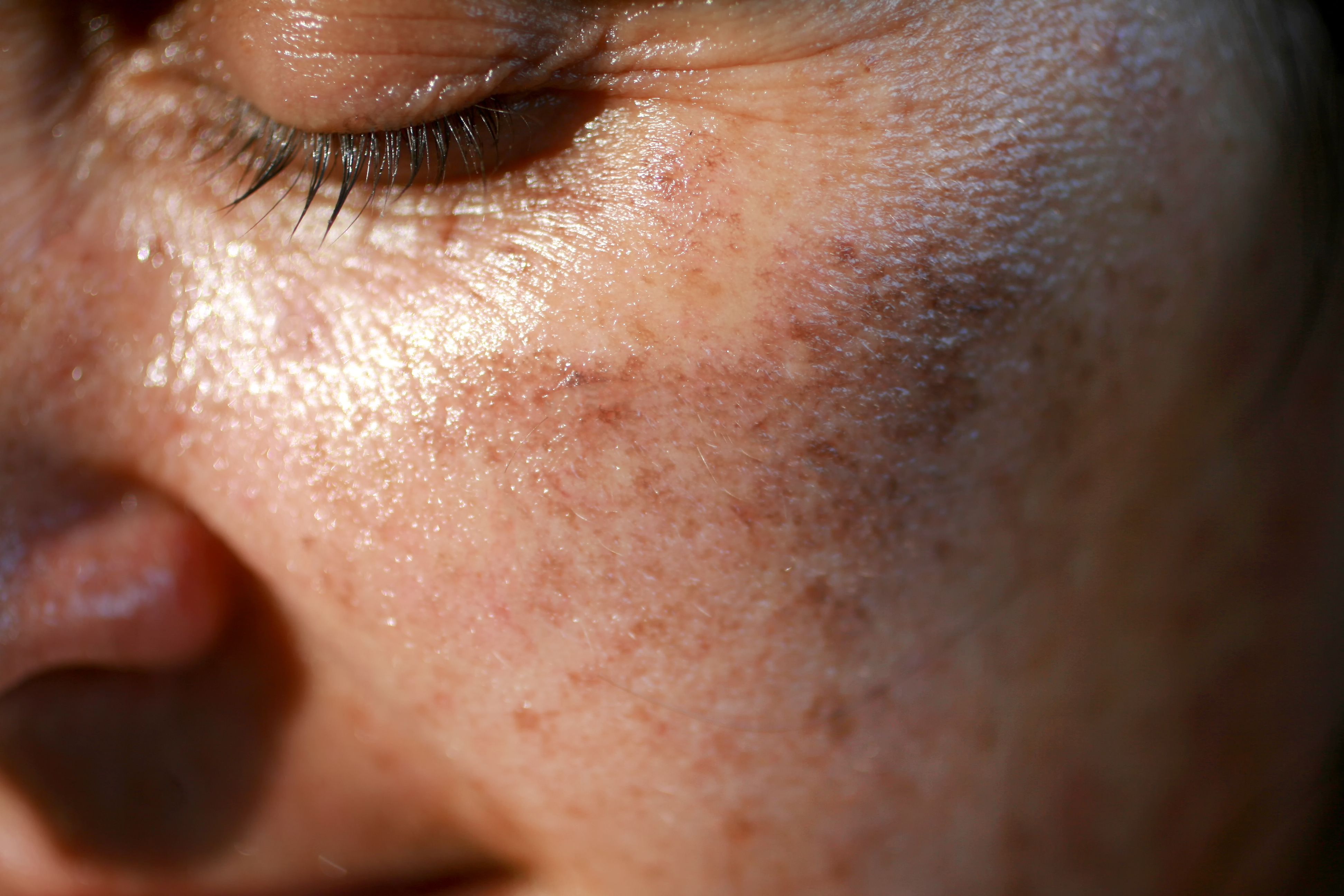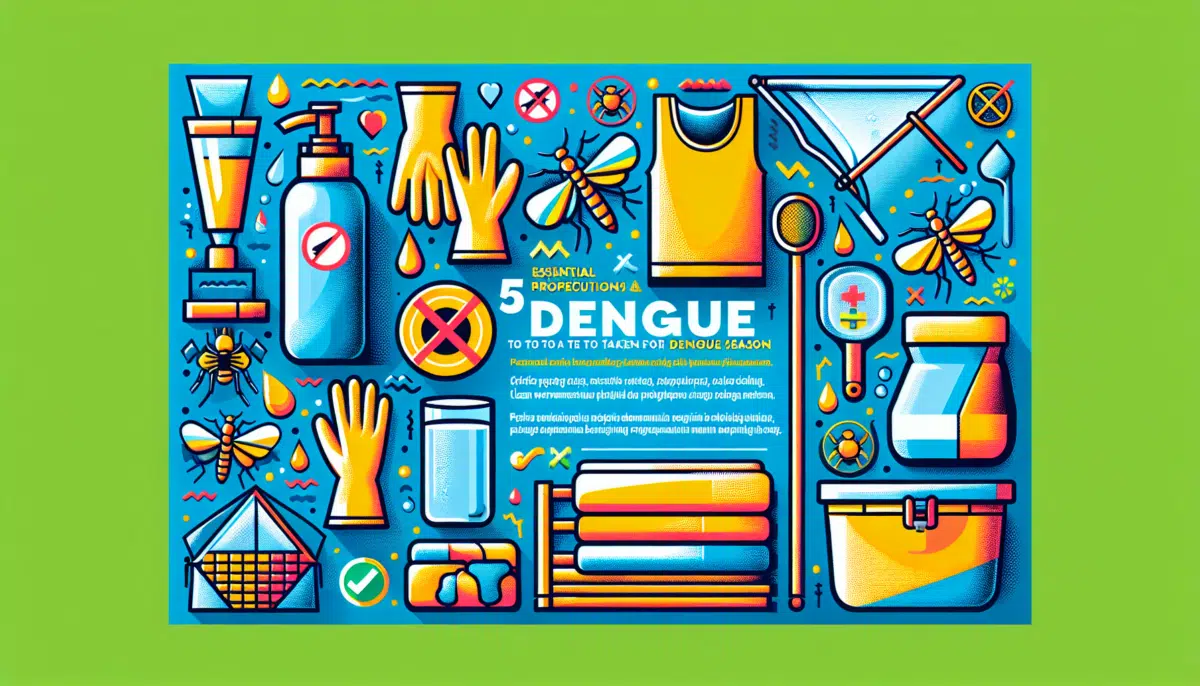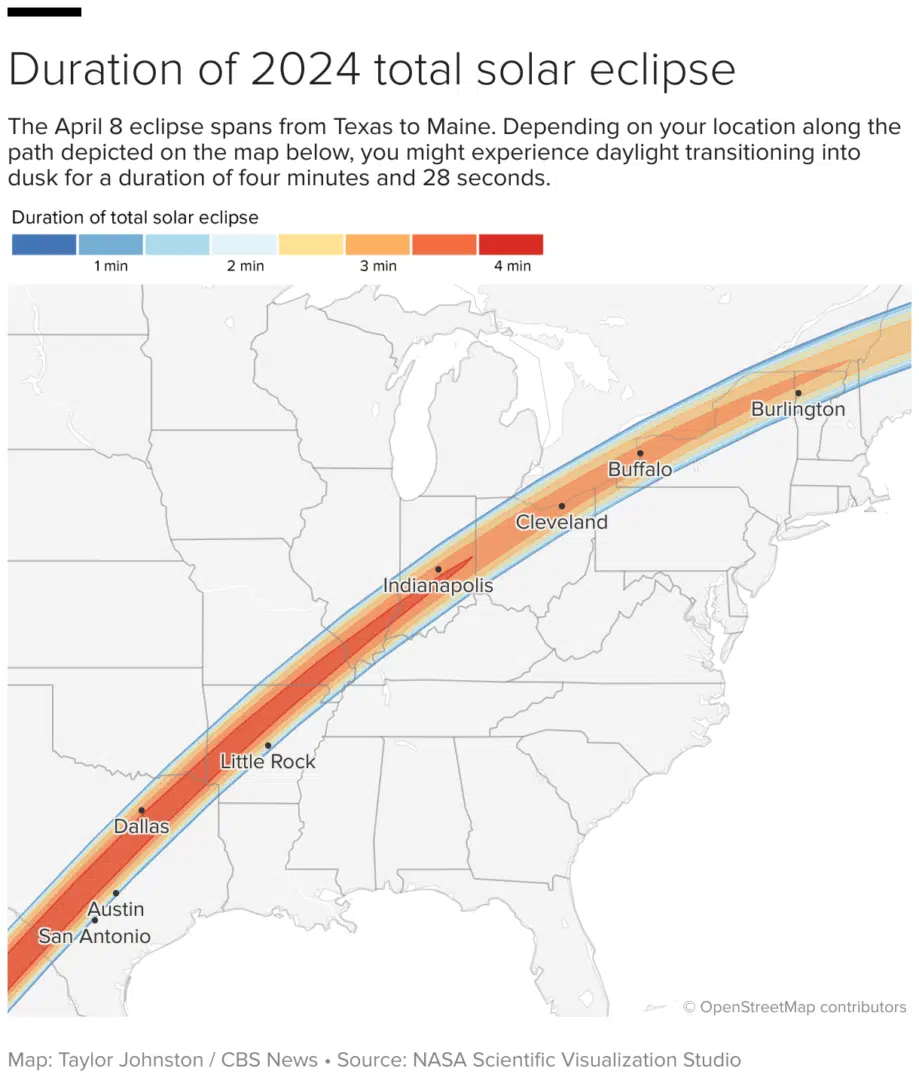Every year, April 22 is observed globally as Earth Day.
Various environmental elements like temperature, weather, climate, and sun exposure significantly influence the development, worsening, and even alleviation of different skin conditions. Additionally, human-made or “built” environmental factors, such as the presence or absence of green spaces and air pollution, combined with changing climate patterns, also play a crucial role.
In light of this Earth Day, Dermatology Times delves into recent research and discussions regarding the impact of natural and built environments on dermatologic conditions. This review covers their involvement in conditions like atopic dermatitis, pigmentary disorders, aging skin, psoriasis, urticaria, and acne.

Impact of Heavy Traffic on Atopic Dermatitis Risk
Recent research from National Jewish Health in Denver, Colorado revealed that residing at least 1000 meters away from busy roadways could decrease the risk of developing atopic dermatitis (AD) by 26.1%. The study, published in the Journal of Allergy and Clinical Immunology,1 examined over 14,000 pediatric patients in Denver spanning 13 years. By comparing AD patients to a control group without AD and considering their proximity to major roads using geocoded coordinates, the study found that for every tenfold increase in distance from a major road, the odds of having AD decreased by 18.8%.
Environmental Influence on Pigmentation and Skin Health
Dr. Arianne Shadi Kourosh, a dermatologist and Harvard Medical School professor, discussed the impact of environmental factors on the skin at the 2024 American Academy of Dermatology Annual Meeting. She highlighted how visible light, infrared radiation, location, and pollution can affect skin health significantly.
Visible light, a significant component of solar radiation, penetrates deep into the skin, causing DNA damage, generating reactive oxygen species, and influencing collagen and elastin fibers, leading to pigmentation alterations, especially in darker skin tones. Pollution, notably air pollution, poses direct threats to skin health, with particulate matter, ozone, and volatile organic compounds contributing to pigmentation spots, wrinkles, and antioxidant depletion.
Infrared radiation, a substantial part of solar radiation, penetrates the dermis deeply, leading to collagen and elastin damage, exacerbating pigmentation disorders like melasma, and contributing to skin aging. Location also plays a crucial role, with proximity to the equator and altitude impacting the severity of skin damage due to varying UV exposure levels. Reflective surfaces such as snow and sea foam further intensify UV radiation exposure.
Sun Exposure, Pollutants, and Skin Aging
Dr. Jennifer Holman from the Center for Aesthetic and Laser Medicine in Tyler, Texas, emphasized how environmental factors like sun exposure, particularly to UVA and UVB rays, are primary drivers of accelerated skin aging. Additionally, infrared and blue light from electronic devices can contribute to skin aging. Urban air pollutants can accelerate skin aging by damaging healthy skin cells, resulting in pigmentation spots and wrinkles. Preventing premature skin aging involves combating oxidative damage caused by environmental factors.
Psoriasis, Weather Conditions, and Air Quality Impacts
Studies have linked short-term exposure to air pollutants with increased psoriasis cases among outpatients. This suggests that individuals, especially those at higher psoriasis risk, should limit outdoor activities and enhance skin protection during periods of poor air quality.
Weather conditions may also affect psoriasis symptoms, with cold weather potentially triggering flares due to low humidity and sunlight exposure. Conversely, warmer weather with sufficient sunlight and high humidity may alleviate psoriasis symptoms, leading to improvements for some patients.
Urticaria: Weather and Sunlight Triggers
In cases of urticaria, weather factors and sunlight exposure can influence the onset or effectiveness of treatment.6 Temperature extremes, excessive heat or cold, and prolonged sunlight exposure can trigger urticaria.
Role of Natural Environmental Factors in Acne
According to researchers Yang et al, environmental factors influencing acne onset and progression can be categorized into four main pillars. Among these, natural environmental factors, including temperature, humidity, sun exposure, and air pollution, can act as triggers and exacerbate acne in patients. The presence of green spaces in densely populated areas may present challenges related to UV exposure for individuals with acne, while public transportation may contribute to air pollution, a known acne trigger.
References
- Nevid M, Hui J, Crooks J, Goleva E, Rabinovitch N, Leung D. Association of atopic dermatitis with proximity to major roads. J Allergy Clin Immun. 2023. Accessed April 22, 2024. doi:10.1016/j.jaci.2022.12.604
- Kourosh A, Tsao S. Fifty shades of brown: science, symptoms, and strategies for acquired pigmentary disorders. Presented at: 2024 American Academy of Dermatology Annual Meeting; March 8-12; San Diego, CA.
- US Dermatology Partners. Environmental causes of skin aging. September 20, 2023. Accessed April 22, 2024. https://www.usdermatologypartners.com/blog/environmental-causes-of-skin-aging/
- Wang T, Xia Y, Zhang X, et al. Short-term effects of air pollutants on outpatients with psoriasis in a Chinese city with a subtropical monsoon climate. Front Public Health. December 22, 2022. Accessed April 22, 2024. doi:10.3389/fpubh.2022.1071263
- National Psoriasis Foundation. Causes and triggers. Accessed April 22, 2024. https://www.psoriasis.org/causes/
- Wong HK. Urticaria. Medscape. Updated September 16, 2020. Accessed April 22, 2024. https://emedicine.medscape.com/article/762917-overview#:~:text=Precipitants%2C%20such%20as%20heat%2C%20cold,or%20other%20nonurticarial%20dermatologic%20disorders
- Yang J, Yang H, Xu A, He L. A review of advancement on influencing factors of acne: An emphasis on environment characteristics. Front Public Health. September 17, 2020. Accessed April 22, 2024. doi:10.3389/fpubh.2020.00450






